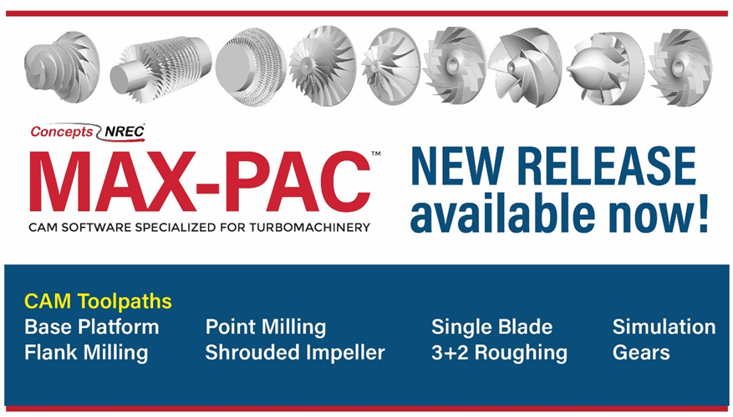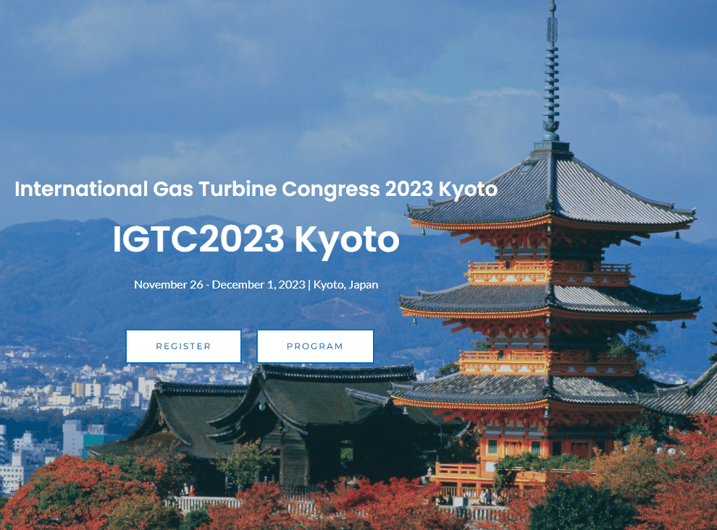Super critical carbon dioxide power (sCO2) cycles are attracting a lot of interest these days all over the world. Many initiatives using various levels of private and public funding are in progress in several countries right now. Preliminary testing on small scale units have shown that such systems are technically viable. The next round of larger scale testing under way now will determine if the concepts are financially viable as well.
Fluids experience a marked change in behavior near the critical point; the thermodynamic state that is neither a liquid nor a gas and lays at the top of the saturation curve. Higher energy density, low viscosity, and rapidly changing properties are the most common hallmarks of the critical point. The first two behaviors make supercritical design very appealing in terms of potential performance. The third point makes them particularly challenging.
Carbon dioxide happens to have a critical point temperature (~304 K) that makes it very practical to use in common thermal cycles. A further appeal of sCO2 is that the map of thermo properties is such that higher efficiencies can be achieved in a given range of maximum and minimum temperature. The figure below shows a simplified steam cycle on the left and a sCO2 cycle is on the right. Simply put, the dark grey patch divided by the combined dark and light grey patches is cycle efficiency. The dark grey patches have a proportionally large area for sCO2 than the steam counterpart and is therefore more efficient. The pressure (~~72 atmospheres), on the other hand, is less practical than typical steam cycles, where the pressure containment needs are much lower.

In some ways, the fluid properties of carbon dioxides show similar behavior to the two-phase fluid we’re most familiar with: water. The shape of the saturation dome (right hand plot below) is not unlike water but the magnitudes of the density differences is much smaller. Water has more than a 1000 times the density variation between liquid and gas phase at normal temperatures while carbon dioxide is only about a factor of 7 or so. This means that phase changes in carbon dioxide, such as cavitation, tend to have a less dramatic effect than their counterparts in water.

The plot below for the speed of sound shows different behavior, and potentially, a very significant one. The speed of sound varies smoothly over most of the range but changes quite radically near the liquid (left side) of the saturation down. Any cycle operating in this vicinity can expect to see huge variations in performance and range as the local Mach numbers change with the sound of sound.

In some ways, sCO2 compressor design is not all that different than conventional compressor design but in other ways, it can be very different. Extra care needs to be applied to capture the rapidly varying fluid properties correctly with a high-fidelity thermodynamics model. Concepts NREC provides a full range of tools for comprehensive design and analysis of sCO2 machines. This software is being used today in more than 8 different active sCO2 projects all over the world.
For more information about sCO2 and ORC, register now for the upcoming Heat to Power forum in our Turbomachinery Innovation Forum series.







